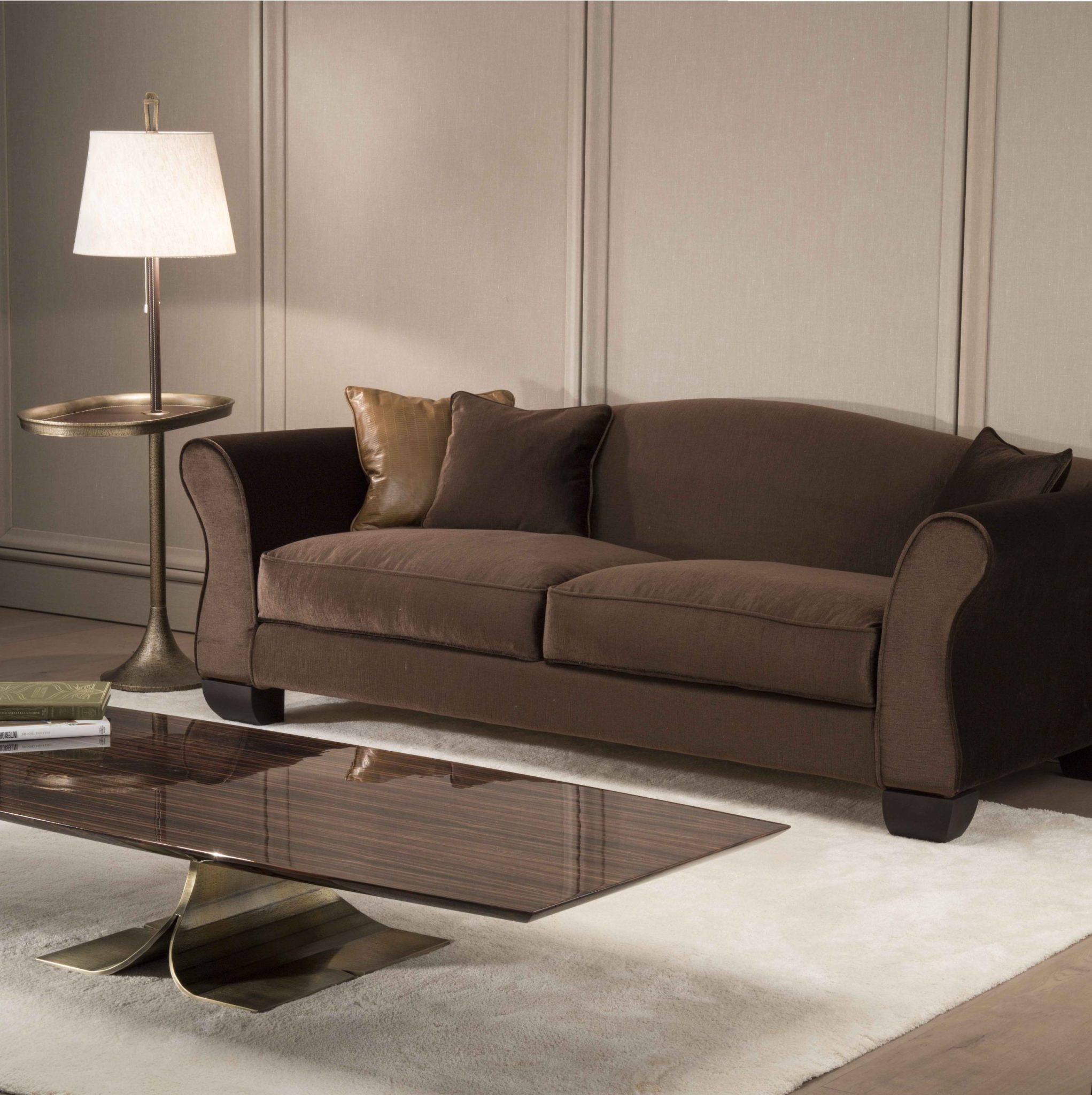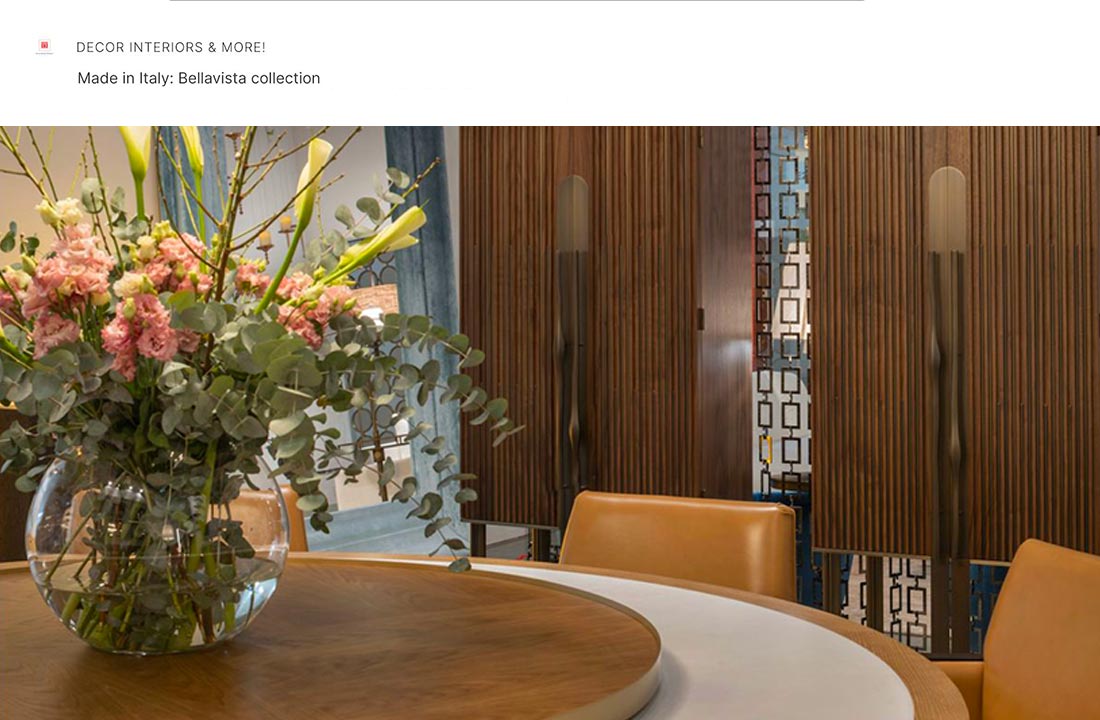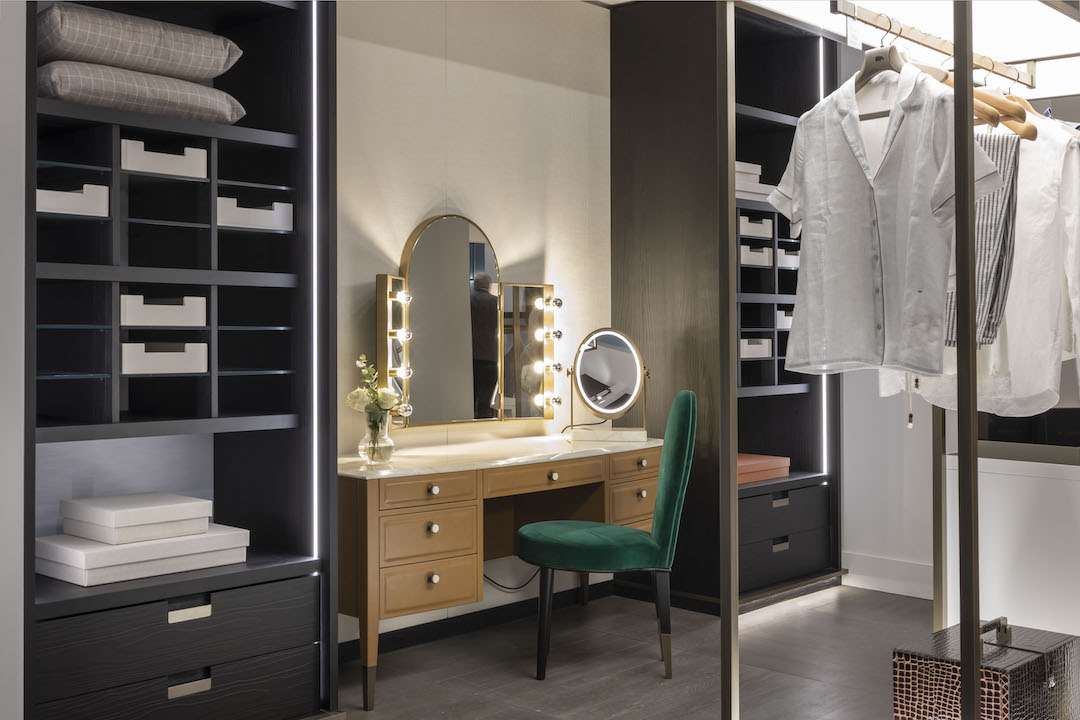An Extremely Brief History of Luxury Furniture Making
Furnishing a home is an enjoyable task indeed but it can be tricky. With so many grand options available, it could be really difficult to pick a single item you need.
The choice is wide indeed: from classic-looking to trendy and ultrafashionable designs, from quality mass produced items to handcrafted ones, from time-tested wooden furniture to that made of materials which didn’t exist just a decade ago.
If you browse through a specialized resource like Bellavista Collection, known for its large variety of Italian luxury wood furniture, you’ll be impressed with the number of options which are just a mouse click away from you.
In other words, nowadays the assortment of luxury furniture is as wide as never before. But it wasn’t always so.
Furniture Production: Specialization of Labor is the Key
Our remote ancestors started making furniture as soon as they began to settle down and cultivate farmland. The very first artifacts that could be considered furniture were crude and primitive. No wonder: to make something more sophisticated, one needs special skills, knowledge, spare time and good tools, which implies a certain level of technology. Those who made items for their own use lacked it all. Only craftsmen who dedicated their lives to their vocation could make nicer-looking things – actually, it’s true for any trade, not just for cabinet making. But that’s not all – craftsmen won’t create beautiful things without effective demand, i.e. a number of people who not only wish to have something nicer than average, but also are ready to pay for it. That’s why, luxury furniture came to existence only when there were people rich enough to afford it. As for the furniture used by people belonging to the lowest tier of society, e.g. peasants, it looked almost the same for centuries – everywhere.
The Joy of Showing off: Demand for Luxury Furniture through Centuries
Time passed by, ancient cultures emerged and declined. Ancient Egypt, Mesopotamia, Ancient Greece and Rome… What kind of furniture did noblemen own in those times? Historians and archaeologists can restore the looks of ancient luxury furniture from actual findings as well as from images depicted in stone carvings, bas-reliefs, statues, frescos, vase paintings, mosaics, etc.
Rich people in Mesopotamia and Ancient Egypt had such furniture as beds, tables, chairs, stools, and boxes. Pharaohs had throne chairs and footstools. Furniture items made for aristocrats were pretty ornate and ingeniously constructed. Portable furniture existed as well. For example, pharaoh Tutankhamun took his beds (later put into his pyramid) with him when touring his country; those beds were foldable and could be put together with bronze staples and hooks. One more folding bed also found in his tomb was a wooden one, with bronze hinges.
In ancient Greece and Rome people used to eat while reclining on couches, which were used as beds at night. Other furniture included tables, stools, chairs, armchairs, chests, and boxes. Wealthy Romans owned ornately decorated, upholstered and finely carved furniture made of wood, bronze and marble. Legs of furniture were often turned or carved in the form of paws or hoofs. Historians know a lot about ancient Roman art and furnishings due to the tragedy that occurred in 79 A.D. when eruption of Vesuvius buried two big cities – Pompeii and Herculaneum – in volcanic ash. Lots of furniture remnants were found during excavations.
The collapse of Roman Empire in 4th–5th centuries A.D. was a catastrophe for arts and crafts of the entire region. Europe sank into Dark ages; all industries were in deep crisis. For cabinet making in particular it meant that very little furniture which could be called luxury was made and used. No inlay, no mosaic, no elaborate cast iron anymore – only rather primitive, although durable, benches, chairs, stools, tables and chests. Furniture items themselves were a luxury. The economic laws are unbreakable: no effective demand means no supply. Fortunately, in later Middle Ages the overall situation began to slowly change for the better and the Renaissance that began in Italy in the early 15th century made all the difference.
Luxury furniture making has taken on a new lease of life. The emerging wealthy and powerful class – bourgeoisie – created steady demand for lavish furniture. Italian Renaissance brought new kinds of furniture – for example, a cassone, or a marriage coffer – a plentifully decorated chest where personal goods of the bride were kept. A fixed writing desk – the predecessor of a writing bureau – became a popular article of furniture, because more people became literate.
Decades and centuries passed, more and more people acquired a taste for comfortable and chic furniture – and it appeared. Industrial revolutions brought buoyancy of the economies, trade flourished, and geographical discoveries provided cabinet makers with new materials like exotic woods from the colonies. The number of people who became rich enough to afford luxury goods increased greatly, so supply followed the demand.
Every century brought new designs, materials, decoration techniques and, of course, new types of furniture that won the market in a flash. Chests of drawers became popular with wealthy public in the mid 17th century, followed by bookcases a bit later. Upholstered chairs and armchairs (since 1680s) also were in great demand.
In 19th century a sizable share of furniture was mass-produced, so even middle-class people could afford some comfortable nice-looking furniture items – for the first time ever. Growing mass production satisfied rapidly growing demand for cheaper but attractive furnishings for the middle class. It didn’t although affect demand for high-end furniture, which remained high.
In 20th century living standards of ordinary people continued to increase (not counting two World Wars, though). Furniture trends followed each other, new materials and numerous inventive designs were introduced. Since the end of 20th century a good share of general public in developed countries not only had the widest choice ever of mass-produced furniture, but could afford to buy custom-made luxury items.
So, we are lucky to live in the XXI century. We live in times when everybody can order, say, Italian luxury furniture he or she likes simply by clicking a button on a website.




